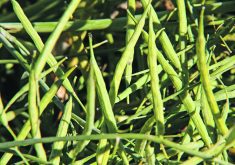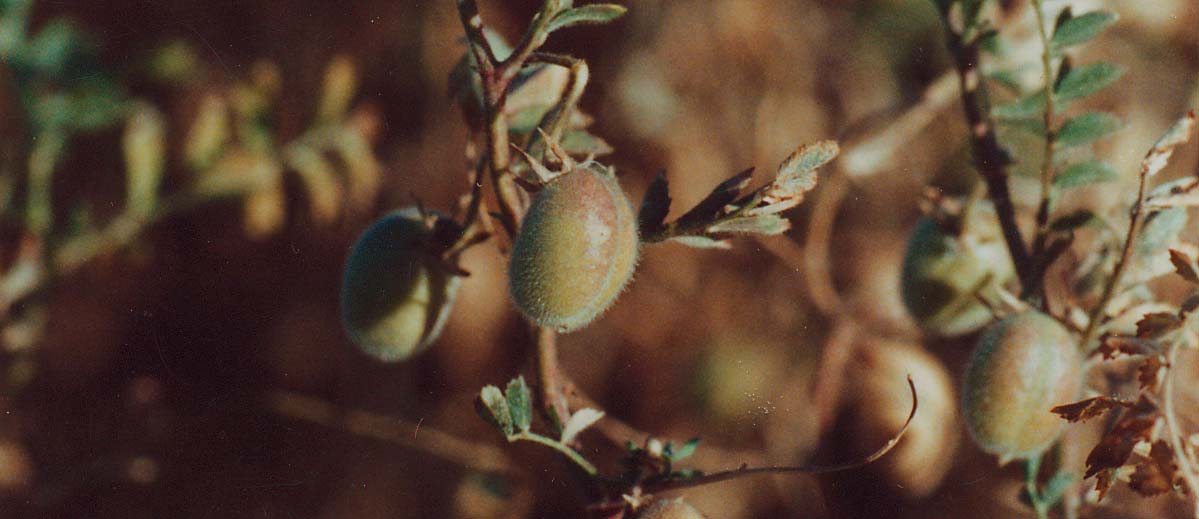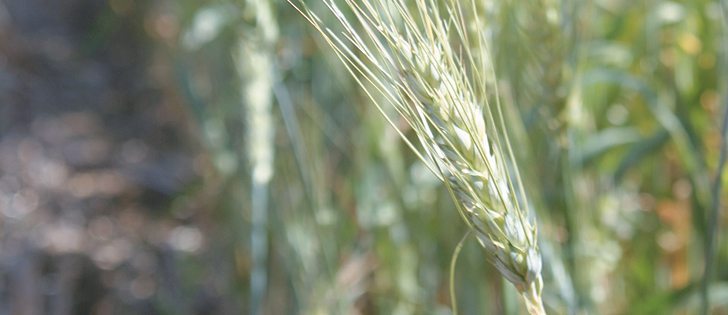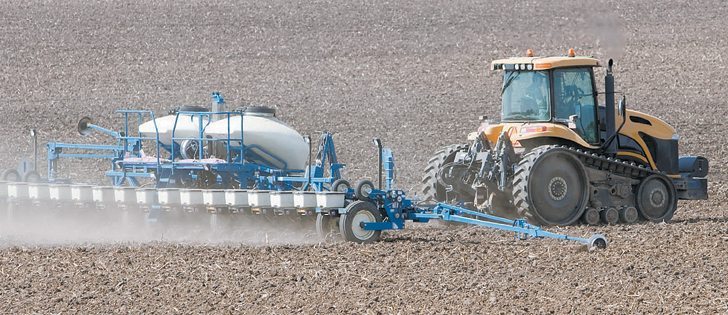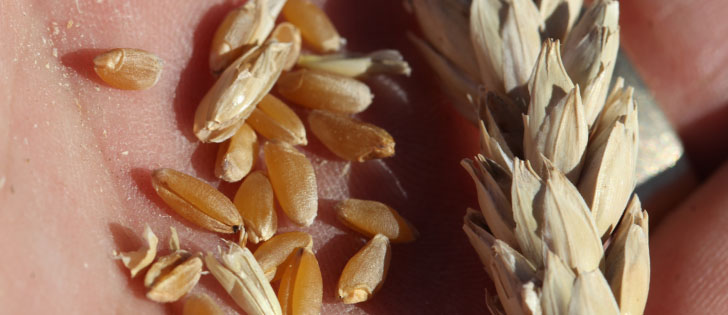China is going to continue importing pork, but it may not be the kind of pork the world’s exporters want to sell.
As well, although demand is expected to increase and require an extra 15 million tonnes of pork per year, the country may be able to supply most of the rising demand itself.
“We don’t expect China will increase imports of frozen meat considerably,” said Chinese hog industry analyst Chenjun Pan of Rabobank, challenging notions that China’s growing demand automatically means higher imports.
Read Also

Charges laid after cattle theft
Saskatchewan RCMP lay two charges against a man after six cattle went missing.
“We expect China will import more grain to support local animal protein value chains,” he said.
“By importing grain rather than meat, China can create value-added employment opportunities.”
Pork exporters have high hopes as they watch the Chinese population become larger and wealthier, but Pan said Chinese consumers value fresh pork and don’t want imported frozen pork.
The market for foreign pork will probably be offal, of which China imports large amounts, and high-value processed pork products such as western-style sausage and hams.
However, it’s unlikely bulk imports of frozen pork will increase.
Pan said the Chinese hog industry is industrializing quickly and producing higher quality pork.
The government is squeezing out low-tech hog slaughterers, he added, and small, backyard hog farms are also disappearing.
Chinese hog producers should be able to produce more pigs as they adopt industrial methods, and slaughter plants should be able to increase the amount of “safe meat” desired by urban consumers.
Pork is a favourite in China, representing about half the meat eaten in that country, but Pan said exporters shouldn’t get too excited. Urban consumers have already come close to a plateau in per capita meat consumption, so becoming richer won’t necessarily increase their demand for bulk meat.
Volume demand may increase if poor rural people turn into wealthier city people, but the main demand gain will be from wealthy consumers demanding higher-quality pork.
“There is greater potential for safe meat demand,” Pan said.
“This means the consumption value growth will be larger than the volume growth.”
Pan’s comments echo those made by Canadian hog industry consultant and former executive Ted Bilyea, who has been telling hog producers that Canada’s greatest export potential is not in bulk pork exports but in value-added and guaranteed high quality exports.
It’s an edge that Canada with its huge spaces and clean environment can probably keep, compared to countries such as China that are running out of land and water.





